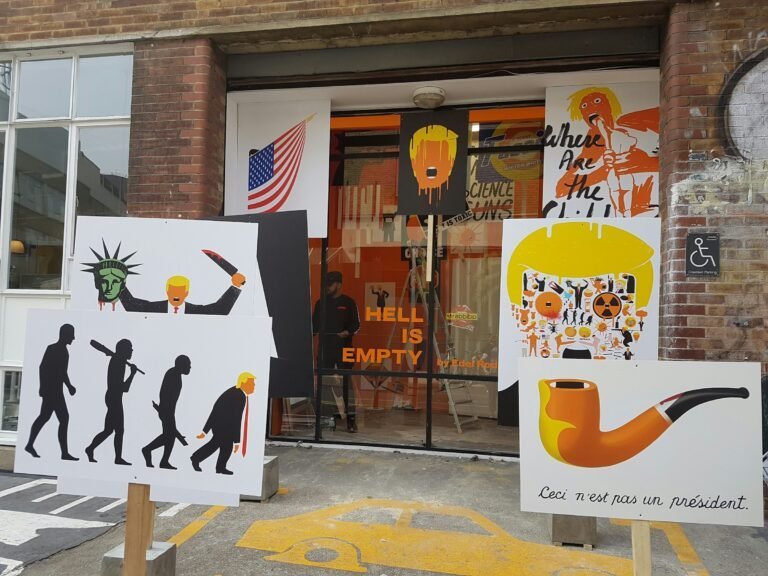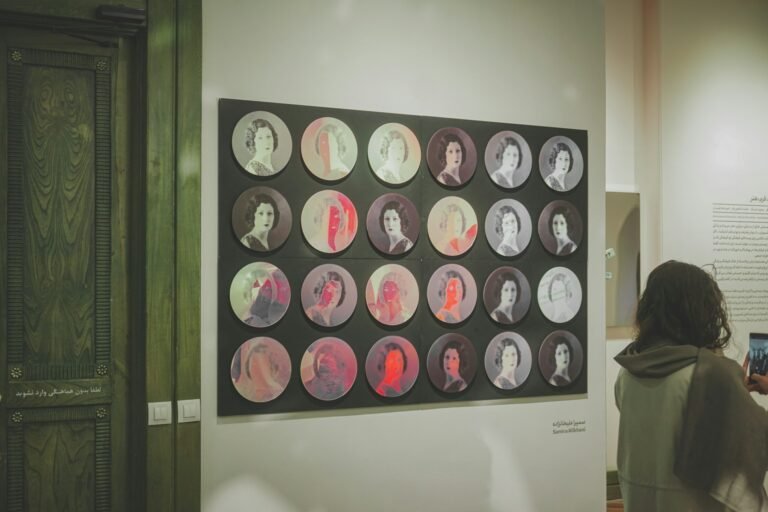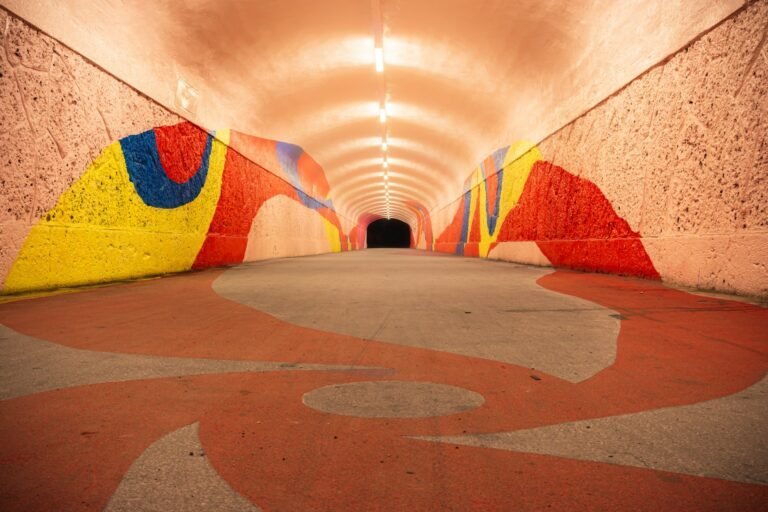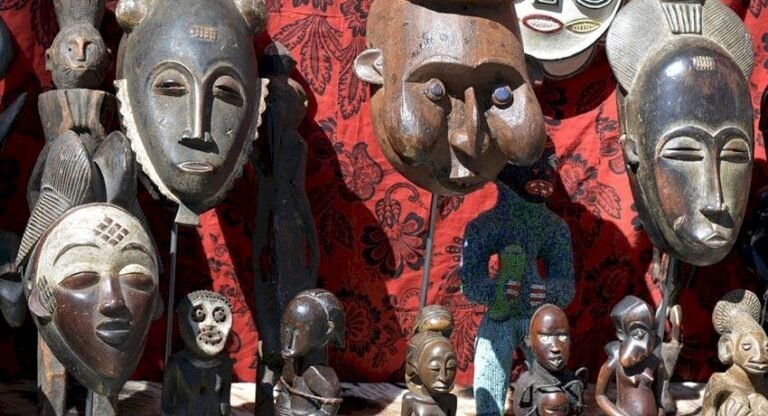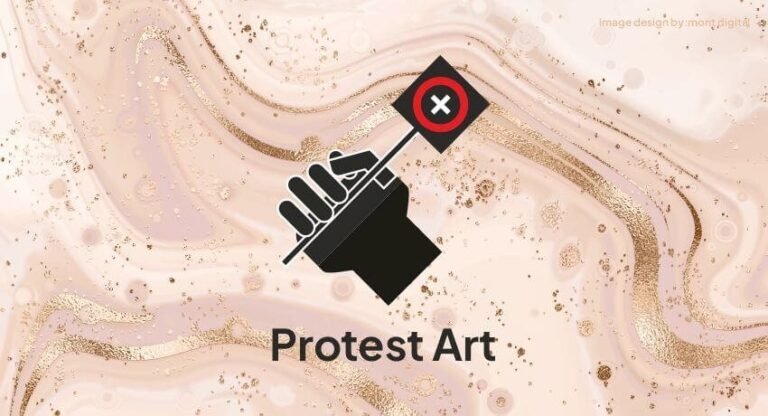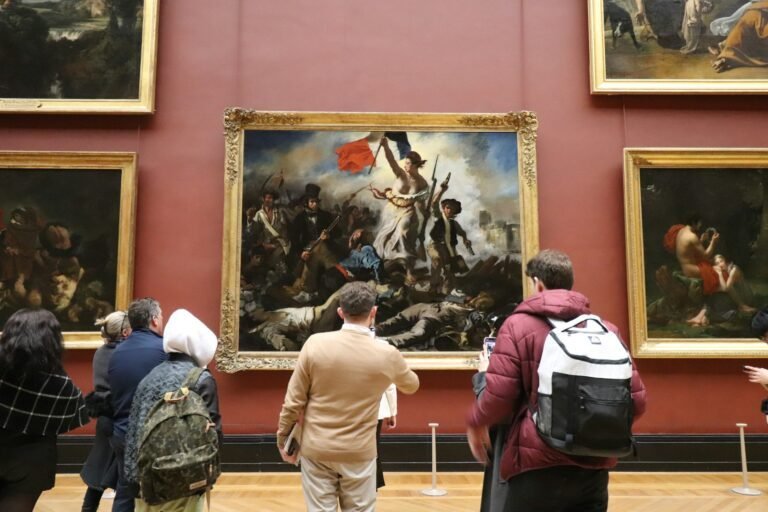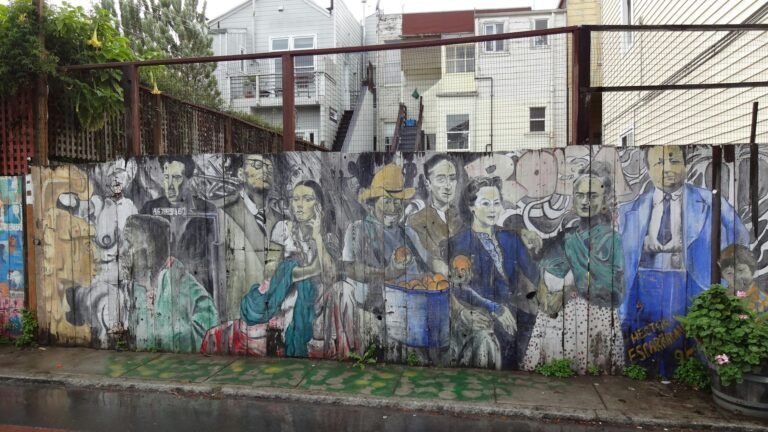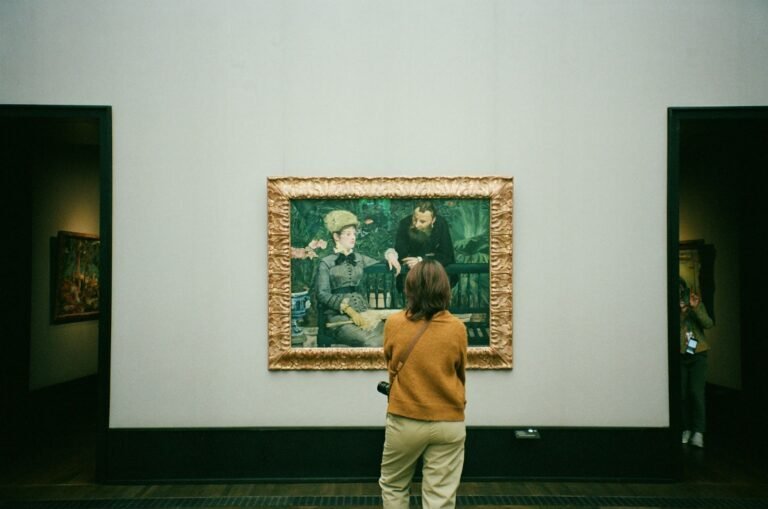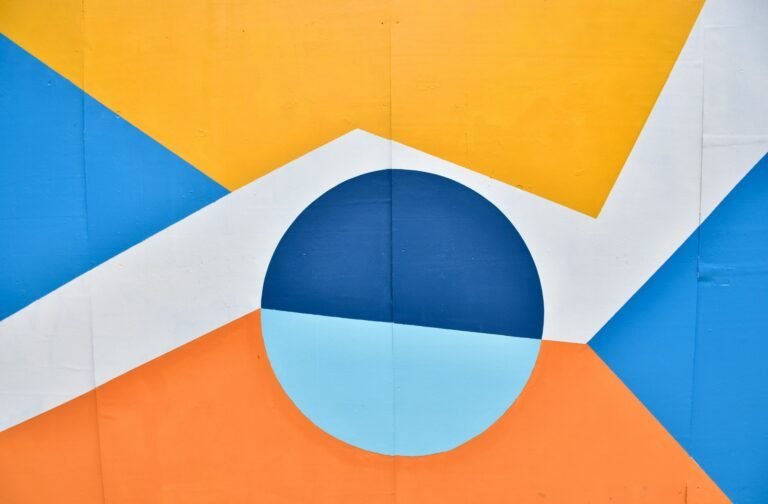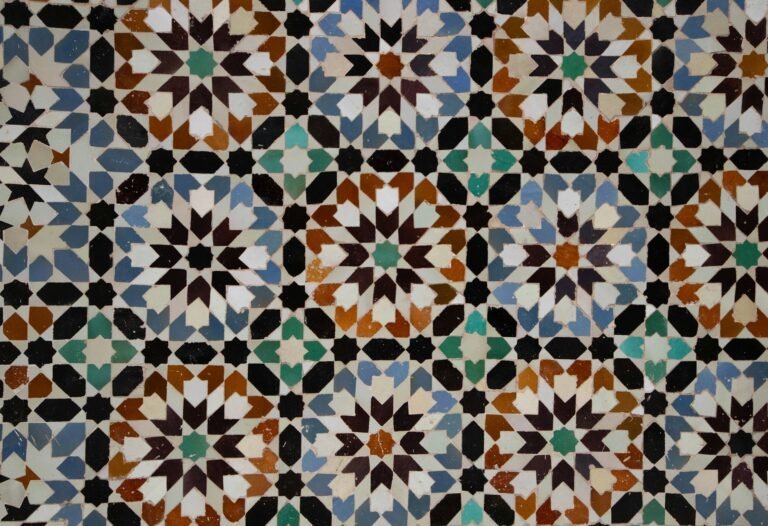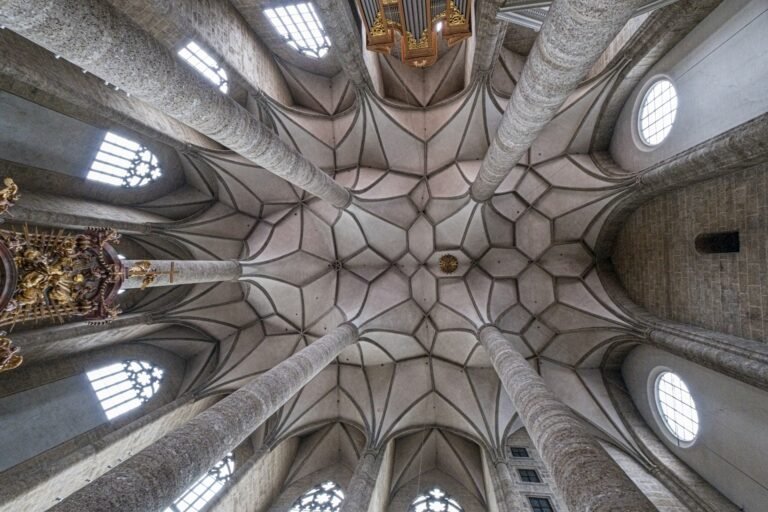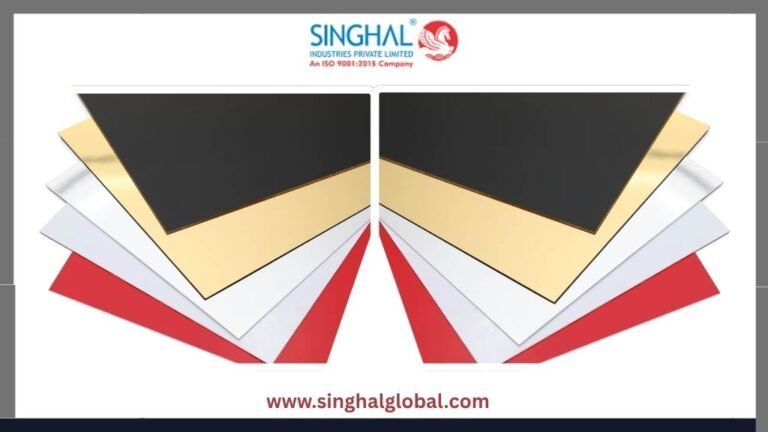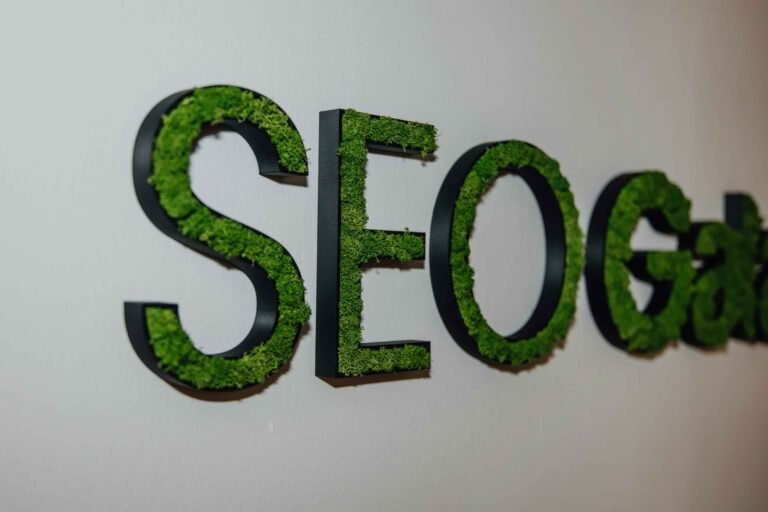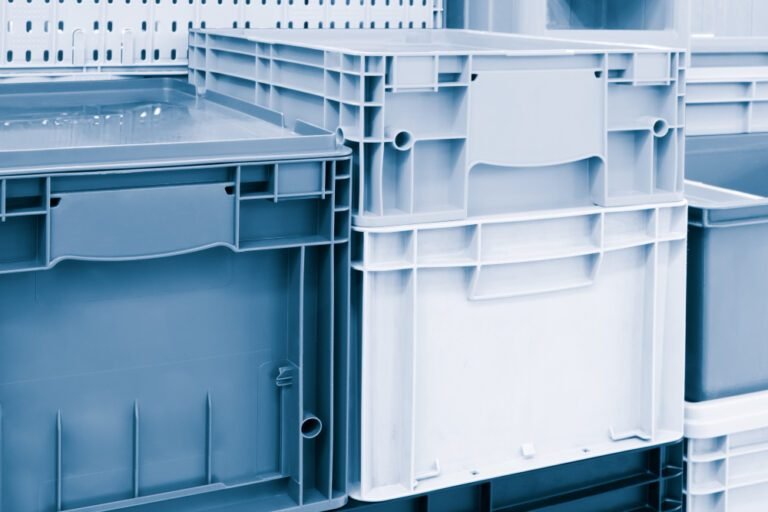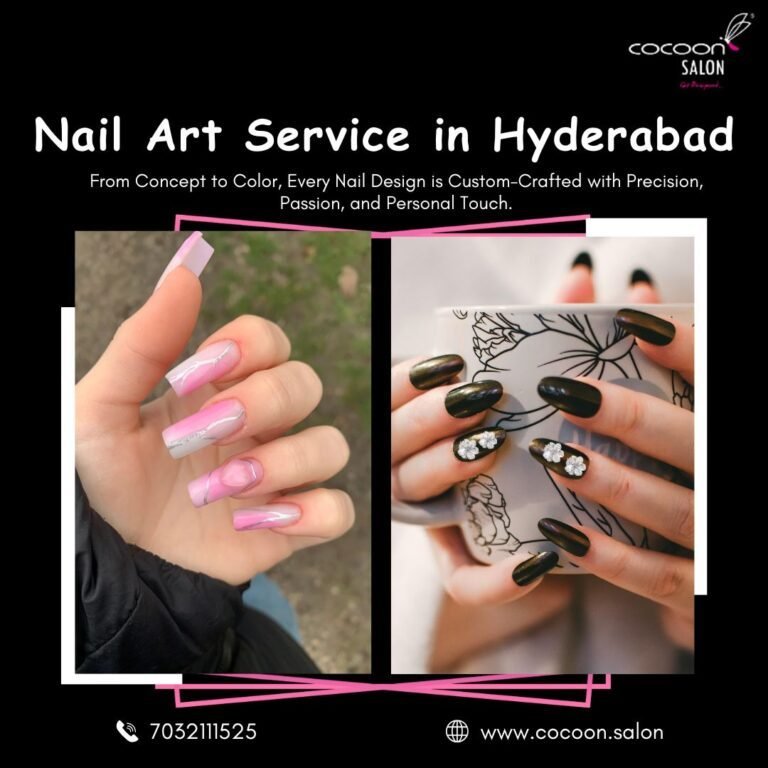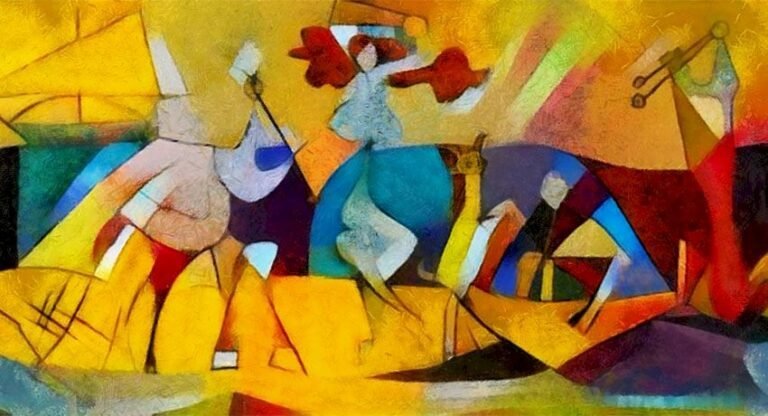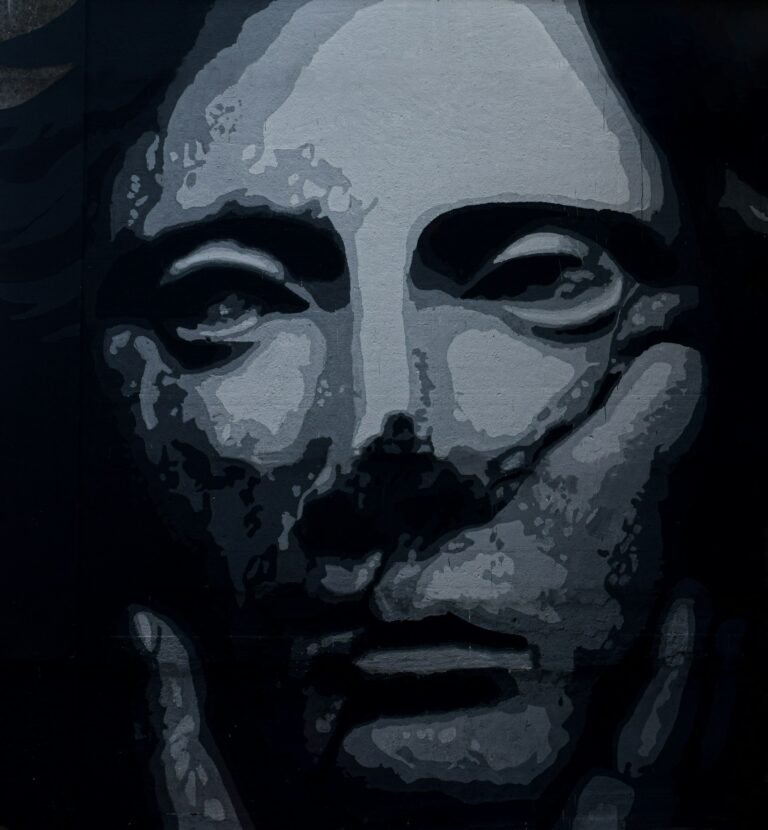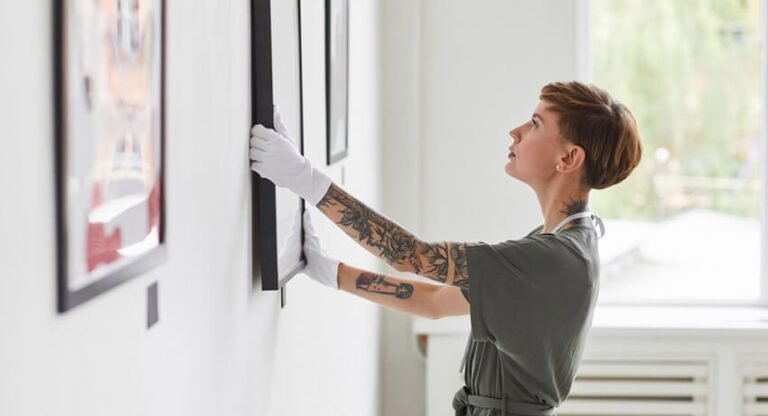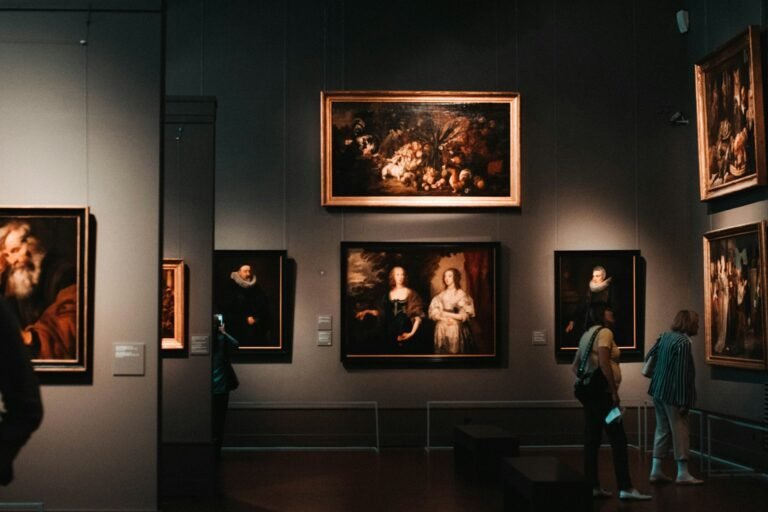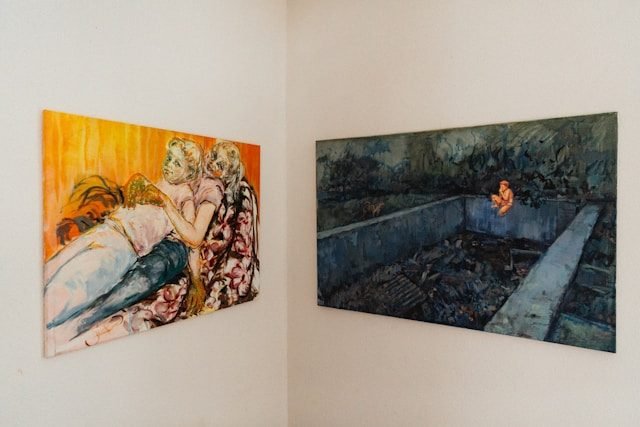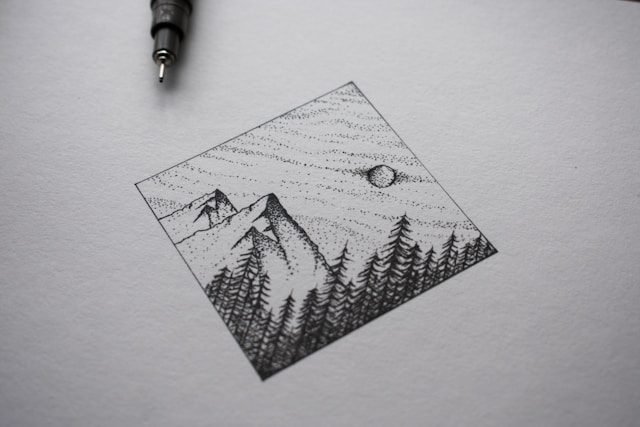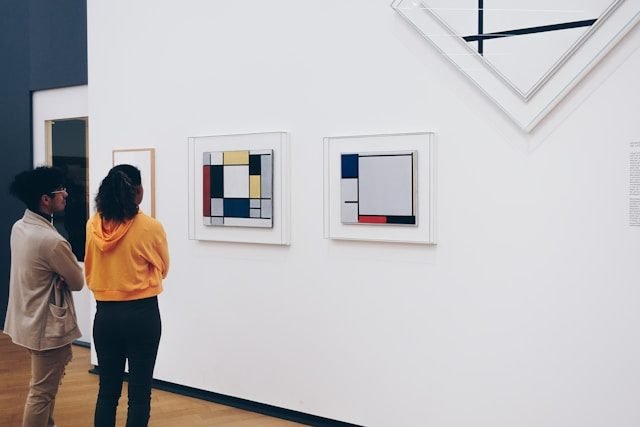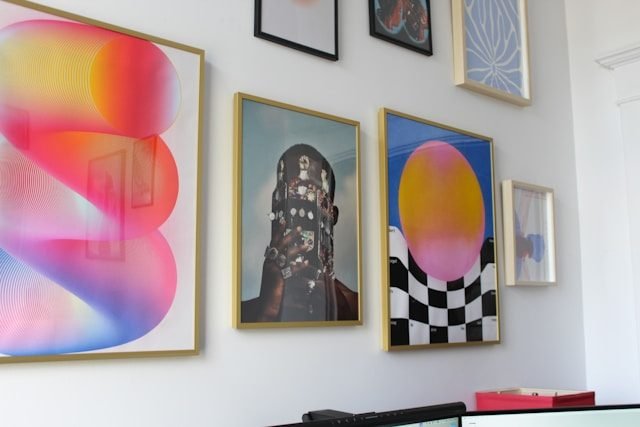A traditional art medium refers to materials or techniques that have been historically used by artists to create artworks before the advent of modern digital or technological innovations. These mediums encompass a wide variety of materials, each with unique properties, and they have evolved over centuries as artists have developed their craft, understanding of texture, color, and form. Traditional art mediums can be categorized into two main groups: drawing mediums and painting mediums, with each category including several specific tools and substances that have been used for centuries.
Drawing Mediums
Drawing, one of the most fundamental forms of art, has long been practiced using a variety of tools. The earliest forms of drawing were done with charcoal, ink, and other substances that were readily available in the environment, such as red ochre or chalk. These early drawing materials were used to record and communicate information, as well as to express creative visions.
Charcoal has been a staple in traditional drawing for centuries due to its rich, dark tones and ease of manipulation. Charcoal is created by burning wood at high temperatures, and it comes in various forms, such as vine charcoal, compressed charcoal, and pencil-shaped charcoal. Each form of charcoal provides different levels of intensity and texture, allowing artists to experiment with contrast, shading, and layering.
Graphite is another widely used traditional drawing medium. It is commonly found in pencils and has a smooth, easily blendable quality that allows for both fine, detailed lines and soft, shadowed areas. Graphite is favored for its versatility, as it can be used for both delicate sketches and bold, dark strokes. Its long history, dating back to the 16th century when it was first discovered in England, has made it one of the most accessible and enduring tools for drawing.
Ink has been another essential medium in traditional drawing, particularly in cultures such as Chinese and Japanese art. Ink drawings are often characterized by their clean, sharp lines and expressive fluidity. The use of ink dates back thousands of years, with the earliest records of ink being found in ancient Egypt and China. The application of ink in traditional art requires precision and control, and it can be used with brushes, pens, or dip pens to create a variety of line qualities, from delicate, thin lines to bold, expressive strokes.
Pastels—both soft and oil—are another important drawing medium. Soft pastels, made of pigment and chalk, provide artists with vibrant colors and the ability to create smooth, blending effects. Oil pastels, on the other hand, contain oil-based binders and produce a richer, more opaque color, ideal for layering and building texture. Pastels are unique in that they allow for a combination of drawing and painting techniques, with the artist able to blend and layer pigments directly on the surface.
Painting Mediums
Painting is perhaps the most iconic form of traditional art, and it encompasses a wide array of materials, techniques, and processes. Historically, artists have employed a range of natural substances and pigments to create works of art, with each medium bringing its own texture, sheen, and opacity to the final product.
Oil painting is one of the oldest and most revered forms of painting. Oil paints are created by mixing pigments with an oil base, such as linseed oil, to produce a smooth, blendable texture that allows for rich, deep colors and a range of finishes. The slow drying time of oil paints makes them ideal for layering and blending, giving artists the ability to achieve great depth, texture, and subtle gradation of color. Artists such as Leonardo da Vinci, Rembrandt, and Vincent van Gogh utilized oil paints to create some of the most iconic works in the history of art. Oil painting’s durability and versatility have contributed to its enduring popularity in the traditional art world.
Watercolor paints, made by suspending pigments in a water-based solution, offer a distinct visual quality characterized by translucency and fluidity. Watercolor painting has a long history, particularly in Eastern and Western traditions, and it is known for its delicate, ethereal effects. The medium is often used for landscapes, botanical illustrations, and sketches, as its light washes and soft blending techniques create an atmosphere of gentleness. Artists can control the intensity of the color by adjusting the amount of water added to the pigment, allowing for a range of transparencies and hues.
Acrylic paints, though relatively newer in the traditional painting medium, have quickly gained widespread use due to their fast-drying time, versatility, and ability to mimic both oil and watercolor effects. Acrylics are water-based, yet they can be thickened with gels or altered to mimic the consistency of oils. Acrylic paints have become popular among artists for their flexibility, enabling them to work quickly while maintaining a high level of control over color and texture. Additionally, acrylic paints can be used on a variety of surfaces, such as canvas, wood, and paper.
Fresco is a traditional painting technique that involves applying pigments onto wet plaster. This technique has been used for centuries, especially in the creation of large-scale murals and ceiling paintings in religious and public spaces. The fresco technique requires the artist to work quickly and with great skill, as the wet plaster must be applied before the surface dries. Once the plaster sets, the pigments become absorbed into the wall, creating a long-lasting and vibrant image. The Sistine Chapel ceiling, painted by Michelangelo, is one of the most famous examples of fresco painting.
Tempera is another traditional painting medium that uses pigments mixed with a water-soluble binder, usually egg yolk. This medium has been used since antiquity, particularly in Byzantine and medieval art. Tempera is known for its precise, sharp brushstrokes and smooth texture, and it was the dominant medium in Europe before the widespread use of oil paints. Tempera paintings are highly durable, and the technique is often used to create fine, detailed work that remains vibrant over time.
Sculpture and Mixed Media
Sculpture, too, falls under the category of traditional art, with artists using a variety of materials to create three-dimensional works of art. Traditional sculpting mediums include stone, wood, metal, clay, and ivory, each offering unique characteristics that affect the final result.
Stone carving is one of the oldest forms of sculpture, with ancient civilizations such as the Egyptians and Greeks creating monumental sculptures from materials such as marble, limestone, and granite. Stone carving requires patience and skill, as the artist must carefully chip away at the material to reveal the desired form. Marble, in particular, is valued for its smooth texture and ability to capture intricate details, making it a favorite of classical sculptors.
Wood carving has been used for centuries to create both functional and decorative objects. From religious icons to intricate furniture designs, wood has a warm, organic quality that can be manipulated with tools to create delicate details and textures. Traditional wood sculptors often use tools such as chisels, gouges, and mallets to carve intricate patterns or lifelike figures.
Clay has been used for thousands of years to create both sculptures and pottery. It is a versatile material that can be molded, shaped, and fired to produce durable and permanent works of art. Traditional clay sculpting involves shaping the material by hand or with tools, and then firing it in a kiln to harden the clay. Pottery, another form of clay art, has a long history, and early examples of functional and decorative pottery can be found in many ancient cultures.
In addition to these primary materials, traditional sculptors often combine different elements to create mixed-media works of art, using combinations of stone, metal, wood, and other materials to enhance the visual impact and texture of their sculptures.
Conclusion
Traditional art mediums form the bedrock of the artistic tradition, providing the tools and materials that have been used for centuries to convey human creativity, culture, and expression. These mediums are deeply rooted in history and continue to inspire contemporary artists who seek to preserve, adapt, and innovate upon the techniques and practices of their predecessors. Whether through drawing, painting, sculpture, or mixed media, traditional art mediums offer artists a vast array of possibilities for exploring the visual world, crafting works that reflect the richness of human experience and the enduring power of artistic expression.









